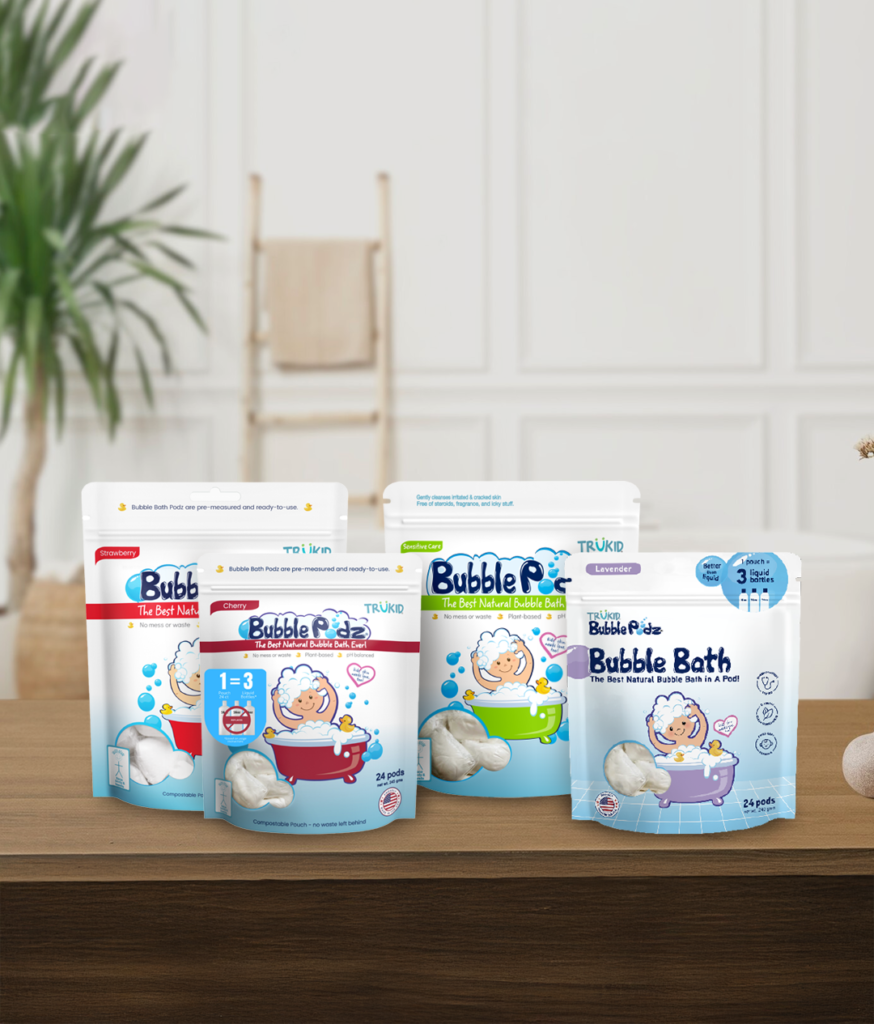A lot of new information has come out recently about the environmental hazards of sunscreen. In our own blog, we’ve discussed the tendency of common sunscreen brands to use ingredients, like oxybenzone, which are incredibly dangerous to marine habitats.
These chemicals have been shown to bleach coral reefs and negatively impact sea life, to such a severe degree that certain governments are banning their use completely.
It makes sense, then, that families are looking for less abrasive options, not only for the environment, but also for their own peace of mind. After all, if those ingredients can kill off living organisms underwater, what impact are they having when absorbed by your kiddos?
That said, we also understand some of the reservations. Oxybenzone has been used in sunscreens for a number of years because it is effective in protecting your skin from UV Rays. Are the alternatives really that much better?
Getting Into The Science
The short answer, we’re happy to say, is yes! Reef safe sunscreens are as affective as traditional sunscreens in protecting the skin from both UVA and UVB rays. Not only will we show you how, but we’ll also provide you with some tips to make your sun protection routine complete.
Chemical Sunscreens
Sunscreens that utilize chemicals like Oxybenzone work like this: 20 minutes before sun exposure, you apply the sunscreen to allow time for the chemicals to be absorbed into the top layer of skin. Then, when the rays hit your skin, they react with the chemicals instead your skin cells.
While this may be effective in protecting your skin from immediate damage, there are some drawbacks that aren’t often discussed. First of all, the chemicals aren’t just going to wash off when your little one takes a bath. Instead, those chemicals are likely to be absorbed into the bloodstream, where they may cause hormone disruptions.
The other concern is what scientists call “free radicals,” which you can think of as the byproducts of that UV ray and oxybenzone chemical reaction. You may remember from high school chemistry that energy is only ever really shuffled around, and the same goes here.
Your skin may not have burned, but the byproducts of such a reaction need somewhere to go, which means they’re being released into your system. These free radicals have been suggested to cause cancer, and the worst situation is when you forget to reapply chemical-based sunscreens, because then the chemicals and the UV rays take their battle into the deeper layers of skin.
Mineral Sunscreens
Sunscreens that utilize Zinc Oxide, on the other hand, work much differently. In this scenario, you apply the sunscreen, and the minerals act as a natural barrier between you and UV rays.
The key distinction here, though, is that because minerals like zinc oxide are not easily absorbed into the skin, you don’t have to worry about the absorption of free radicals. It’s all happening on the surface instead of in that top layer of skin.
Many reef safe sunscreens go the extra mile by adding natural antioxidants, like Vitamin E, which further protect your skin against the absorption of free radicals.
One more thing about Zinc Oxide: in order for this entire process to be truly safe, you need to make sure the sunscreen you use is non-nano. That means that the minerals haven’t been made smaller or “nanonized” as the folks in the lab call it.
This is important because the smaller the mineral particles are, the more likely they are to be absorbed into your child’s skin. Obviously, that voids the benefit of having the chemical reaction or reflection happen at the surface of the skin instead of in the top layer.
TruKid Reef Safe Sunscreen
The sunscreen line by TruKid checks all of the boxes of an effective and safe product:
- Non nano Zinc Oxide to prevent unnecessary absorption into the skin
- Absolutely no Oxybenzone or other ingredients that hurt coral reefs
- Use of Green tea extracts and Vitamin E to further protect against free radicals
- Bonus: no fragrances, phthalates, or parabens that have been linked to environmental damage
So now you know why reef safe sunscreens live up to the hype, what else can you do?
Finding the right sunscreen is just one of the many ways you can protect your child’s sensitive skin from harsh UV rays. Here are some other tips:
- Proper use. Make sure to reapply 80 minutes after application or immediately after towel drying.
- Mindful sun exposure. You may be able to spend hours outside soaking in the sun, but children’s fragile skin has a much lower tolerance to UV rays. Make sure to find a shady spot on the beach or limit the time spent in direct sunlight. Long sleeves, pants, and hats are also great protectors, just make sure they’re loose and airy to prevent heat exhaustion.
Reef safe sunscreen really works. Get your family some reef safe sunscreen and go enjoy those summer months!
Newsletter
Sign Up For Our Newsletter & Get the Latest Information
This article is intended solely for informational purposes and should not be considered a source of medical advice. The information presented in this article is not a replacement for, nor should it be relied upon as, professional medical guidance. Every individual’s health and medical circumstances are unique. What works or is suitable for one person may not be the same for another. Any decisions related to your health should be made with consideration of your specific health condition, medical history, and the guidance of your healthcare professional.
